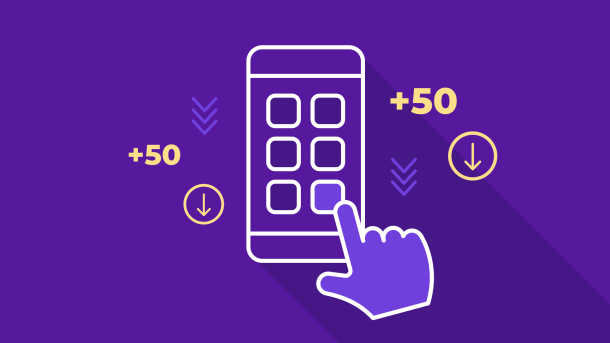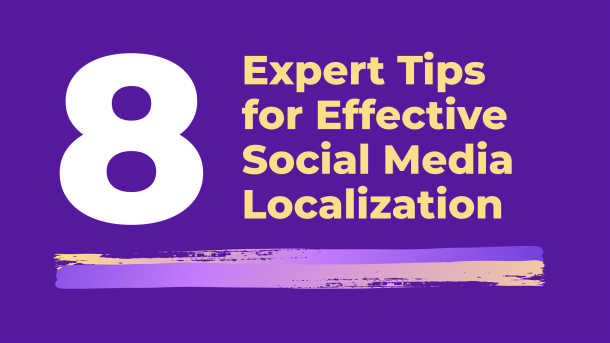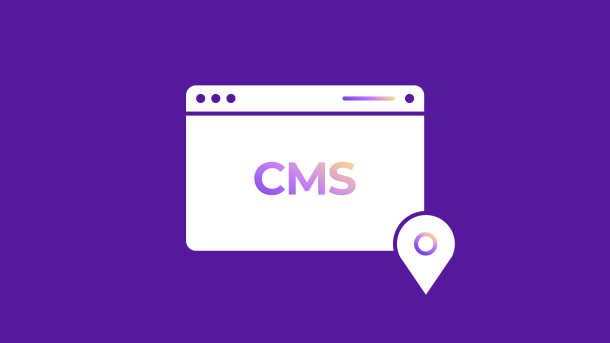Good translation can help your company grow and reach its goals when you are working to enter new markets. Localizing high-quality content supports your ability to close new deals, build relationships with customers, improve market penetration, and increase brand awareness.
Translation can be viewed as a substantial investment, and companies often seek a reliable way to quantify their return on investment (ROI).
If you’re leading a translation project and need to systematically demonstrate why good translation is essential to your international business plans, the following is a closer look at how to determine that information.
Understand Your Current Content and ROI
Begin by auditing your total company content. How many words of content do you have? For example, you may have 500,000 words of content across websites, white papers, blog articles, brochures, and so forth. First, determine how much each word is worth—professional writers typically charge between 30 cents and one dollar per word. Conservatively, 500,000 words at 50 cents per word is a $250,000 investment in content. Then, divide your annual revenue by your investment to determine your per-word ROI on content. For instance, a company that earns $20 million in annual revenue would generate $80 of revenue for each dollar it invests in content.
Calculate the Value of Translation
Good translation supports global business growth. First, determine how much revenue you expect to generate by conducting business in new markets. From there, evaluate which components of your content are required to be translated. Then, multiply that by the translation costs. Out of 500,000 words of total content, for instance, 20 percent may need to be translated. If 100,000 words of content is translated at 20 cents per word across three languages, the total investment is $60,000 in translation costs. An estimate of $2 million in new market revenues divided by $60,000 in translation costs suggests a potential return of $33 in revenue for each dollar of translated content. With this type of information, it’s possible to concretely demonstrate how a well-structured translation project can help your business grow.
Employ Enterprise Translation Technology
One of the most important strategies businesses can take to improve their ROI is to use the right enterprise translation technology and translation services. Enterprise-grade translation technology is changing the way businesses approach technology. On average, the right translation technology can save a business as much as 40 percent off the total cost of a project. Thus, the return of $33 per translated word quickly becomes $55 per translated word. Savings come from a variety of areas, such as through computer-aided translation that helps avoid repetitive translations and cross-project memories that eliminate multiple translations of the same documents.
Other Factors That Influence Translation ROI
A streamlined translation process also reduces project management costs. The right system can eliminate the need for your developers to oversee the process, which saves their time and allows them to focus on their core responsibilities. Specific levels in the translation process are directly related to cost. Engineer and developer time is expensive. The right system can automatically identify the content that needs to be translated and manage its process throughout your translation workflow. By repurposing your global content, you’ll avoid redundant costs of translating the same content, which maximizes both your speed and savings.
It may be tempting to cut corners in your translation efforts by looking for less expensive translators or not investing in translation software. However, the right systems can help you dramatically reduce costs while ensuring you achieve your goals in a timely fashion. Proper business growth when entering new markets requires your business to take the time to understand the potential value of good content to your business.





